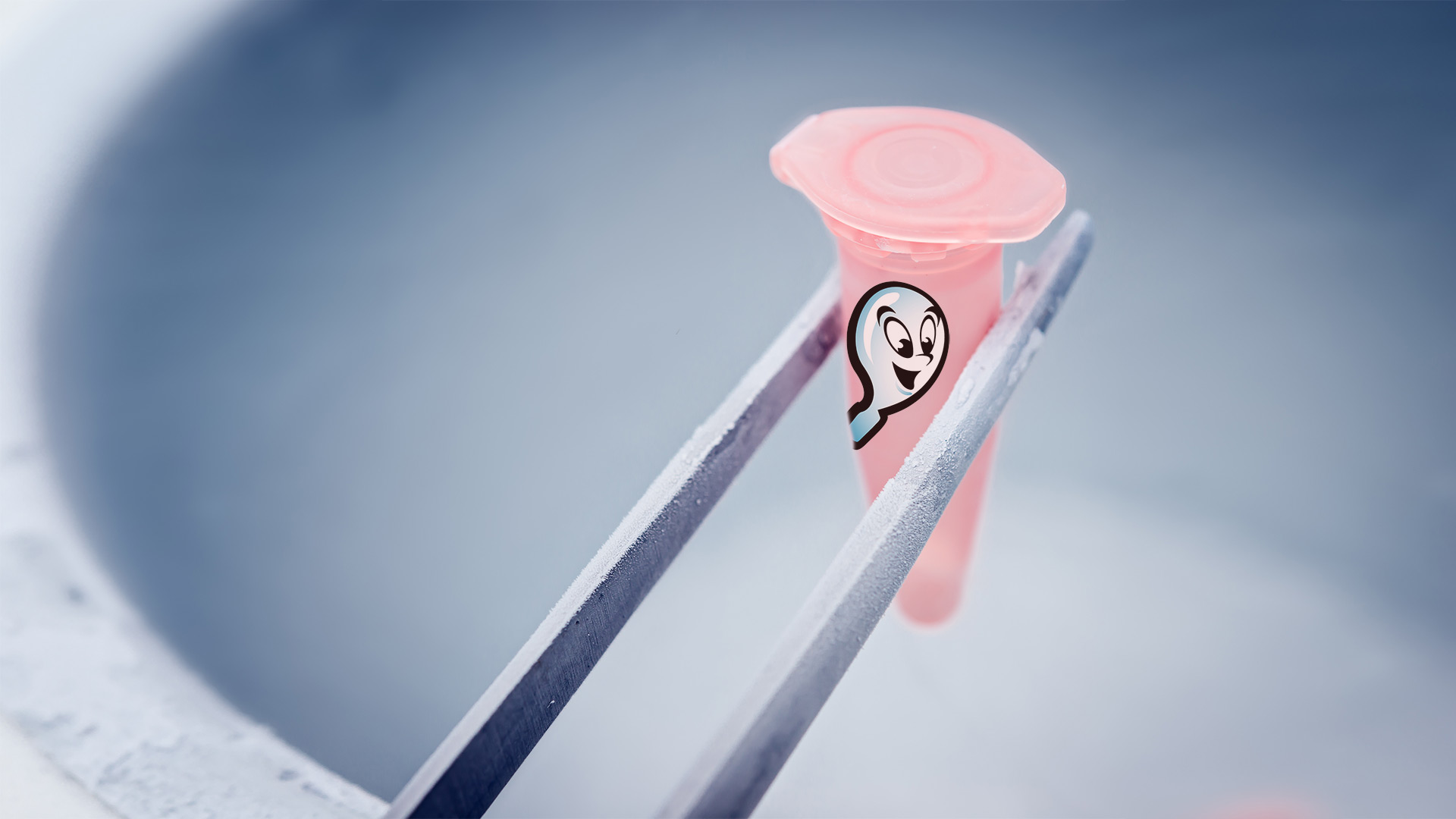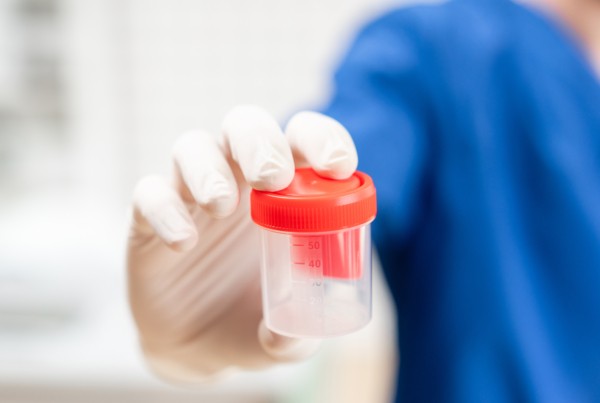Why freeze Sperm?
For decades, sperm freezing and storage (banking) has been widely available at fertility clinics. Some (but not all) reasons for sperm banking are:
- Fertility preservation prior to chemotherapy or cancer treatments that are known to be damaging to sperm stem cells.
- Conception when there is a sexual dysfunction (erectile dysfunction, premature ejaculation, loss of libido, difficulty maintaining an erection).
- Convenience when travel, work schedule, or a long-distance relationship impacts the ability to conceive.
- Insurance to have a back-up supply of semen for planned IVF treatments to compensate for a low sperm count.
- Back-up supply when a man is deployed for military duty or in a high risk job.
How is sperm frozen?
The current standard for sperm freezing (banking) is to use a technique called slow freezing. Sperm is first washed with a special media then mixed with a very small amount of a freezing solution that contains nutrients and preservatives (cryoprotectant solution). It is then gradually frozen.
What happens to sperm when it’s thawed (unfrozen)?
Sperm cells, unfortunately, are not very HEARTY!
As a result, there is a significant loss of sperm cells during the thawing process. Therefore, what you put in is not exactly what you get out. We always let couples know this when we review the motility, concentration and morphology of a semen sample that has been frozen.
What you should know about the sperm banking process:
There are requirements for banking sperm. When a man schedules a sperm banking visit, he should already have a current set of infectious disease screening test results on file so that his sperm can be stored. Once these test results are reviewed, if ok, the sperm can be banked. After the sperm is frozen, a small portion is thawed to assess the impact of the freezing process. This provides valuable information about how much of the sample(s) can be used for artificial insemination (aka Intra-uterine insemination or IUI) and/or IVF-ICSI in the future. Sometimes more than one sample needs to be banked in order to have an adequate supply if fertility treatments are planned.
In our practice, we contact the patient 24-72 hours after the banking to review the results and offer any formal follow up depending on the indication for banking. During that conversation, we describe how much sperm is banked and, perhaps more importantly, how clinically useful the sample is (enough for “x” number of IUIs or “only good enough for IVF-ICSI”) to help the patient decide if they need to schedule another banking. Sperm banking is an essential part of fertility treatment and preservation. If you think sperm banking is right for you, contact your nearest fertility clinic.







